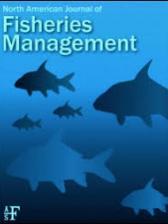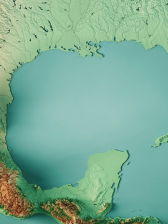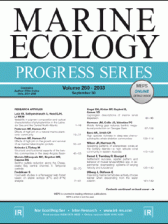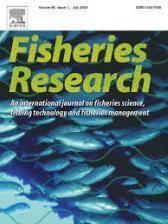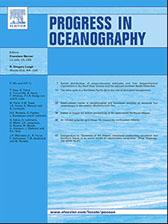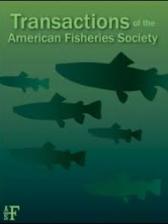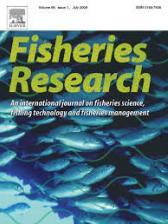Artificial Reefs
About this project
Man-made structures in the northwestern Gulf make up the largest artificial reef complex in the world. During the last few decades, artificial reef development has increasingly been undertaken as a way to create new habitat, increase fishery production and promote activities like fishing and diving. The Center for Sportfish Science and Conservation (CSSC) is working to determine how structure type and location of artificial reef materials can influence the surrounding fish communities.
Currently, the CSSC assesses artificial reefs and other offshore habitats through the use of hydroacoustics, remotely operated vehicle (ROV), and remotely deployed video camera systems. The combination of these technologies allows us to make comparisons of fish diversity, distribution and abundance between artificial reefs, standing oil and gas platforms and the natural banks of the Coastal Bend, and to understand how different habitat types might affect the growth and reproduction of recreationally and commercially important species. Additionally, the CSSC is gathering baseline data to better understand the underwater life on newly created nearshore reefs.
Research Objectives
- To conduct a thorough and rigorous monitoring program through the use of hyrdoacoustics, Remotely Operated Vehicle (ROV), and remotely deployed camera systems;
- To compare fish diversity, distribution and abundance differences between artificial reefs, standing oil and gas platforms, and natural banks of the Texas Coastal Bend;
- To better understand how different habitat types may influence the growth and reproductive potential of recreationally and commercially important species;
- To assess how the distribution of artificial structure affects the biomass of reef associated fish.
Publications
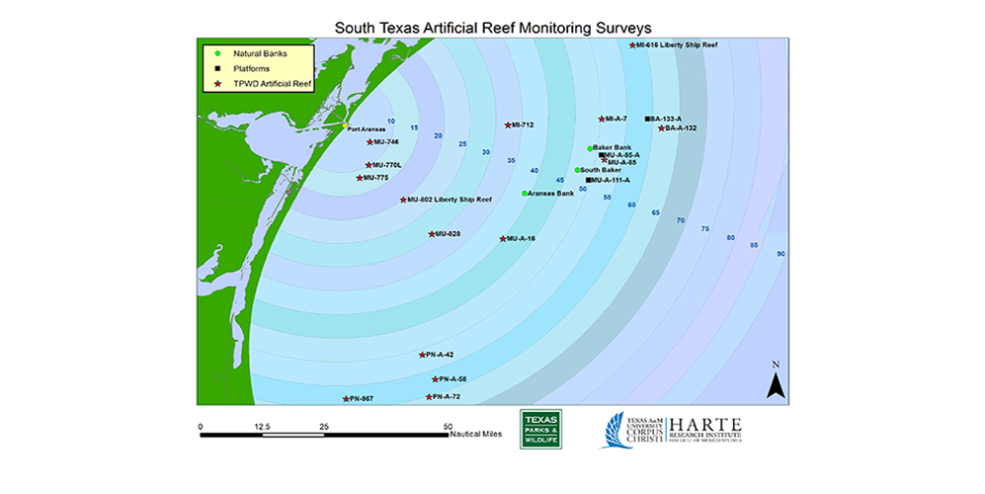
Locations of sampling sites with distance in nautical miles from Port Aransas, Texas.
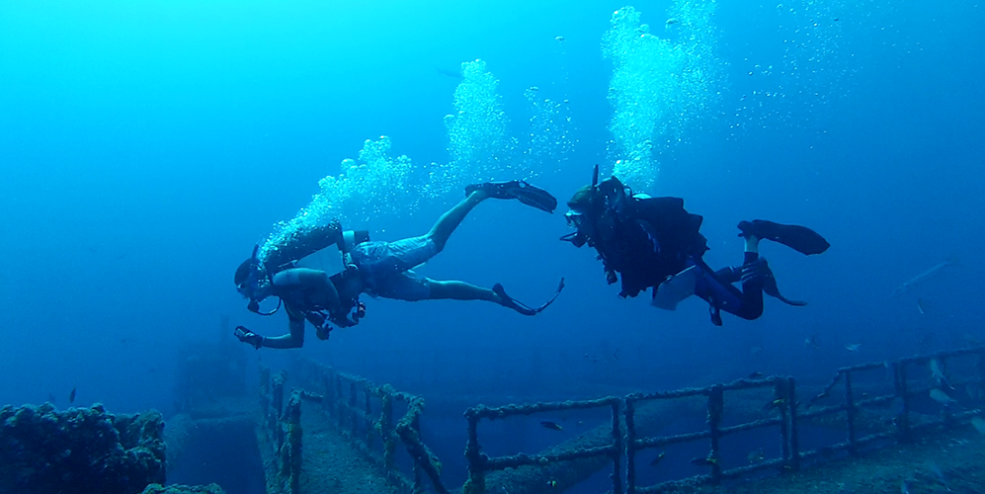
Two divers about to begin a fish survey on reef site MI-A-7, a cutoff platform.
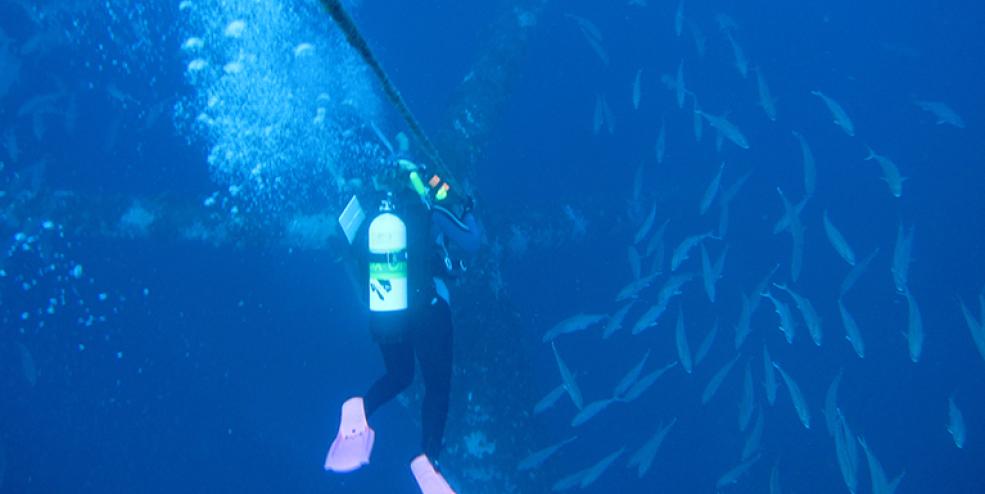
A research diver descending on artificial reef site MU-A-85 with a large school of Greater Amberjack below. Although platforms lose much of the upper water column structure when reefed, we still document large numbers of fish associated with these structures.
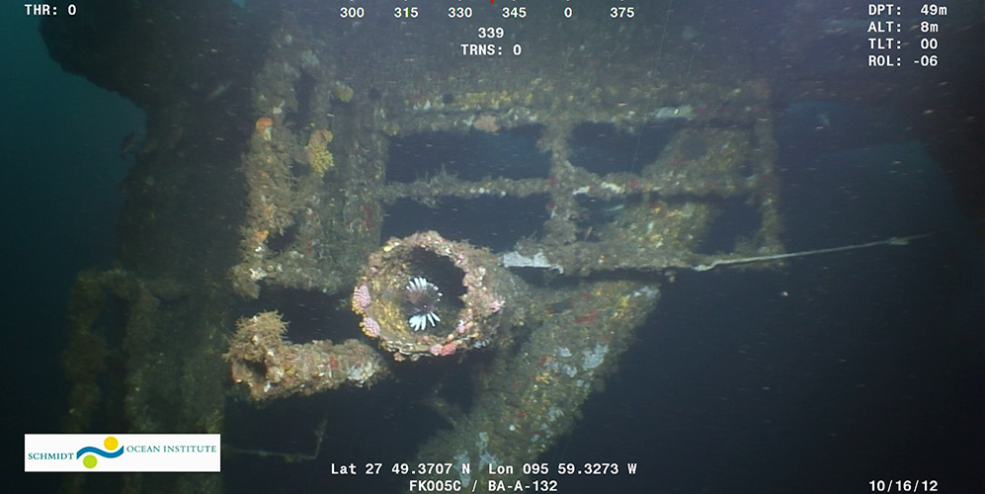
Documentation of Lionfish by ROV survey at a toppled platform on site BA-A-132. Monitoring programs are important in order to document species invasions such as this one.
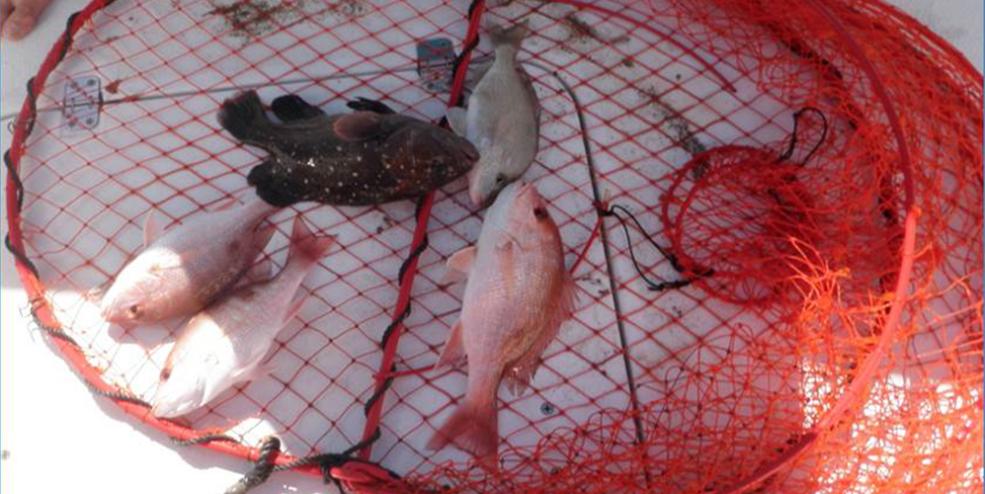
Example of catch from a trap on Corpus Christi Nearshore Reef (MU-775). This picture was taken within a few months of reefing structure at this site.
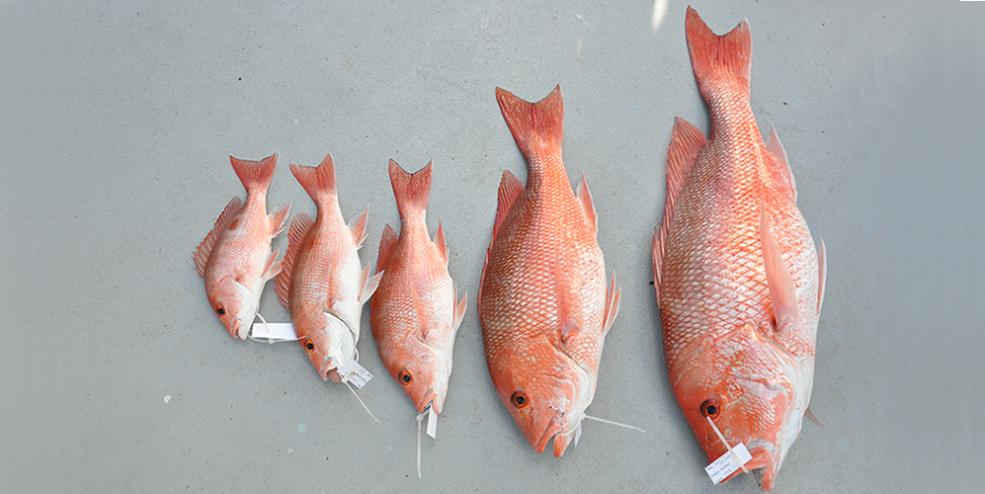
Size range of vertical line catch from one artificial reef site. These structures often hold fish in various life stages.
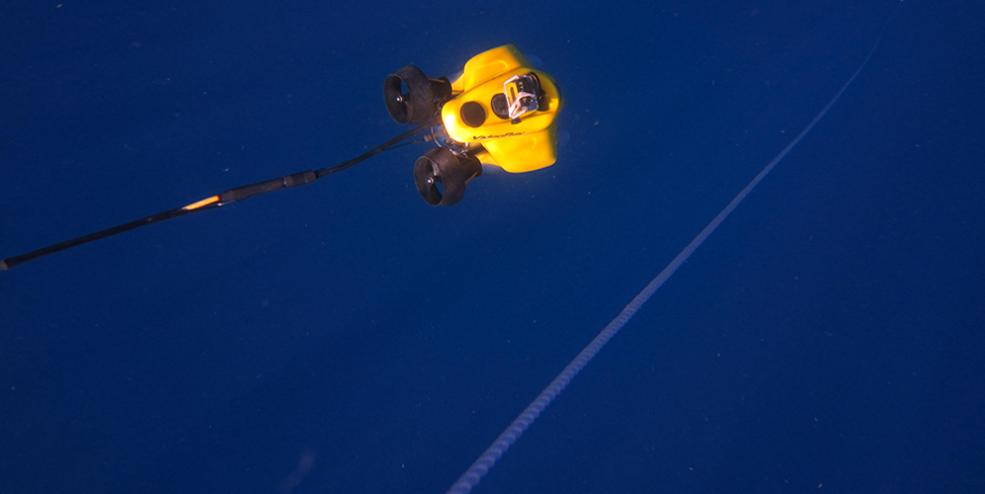
The ROV following a buoy line down to an artificial reef site to complete a fish survey. We have developed methods to quickly access the fish communities on reefed platform structures using our ROV.
